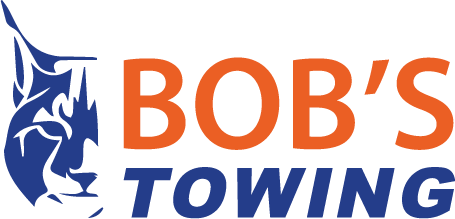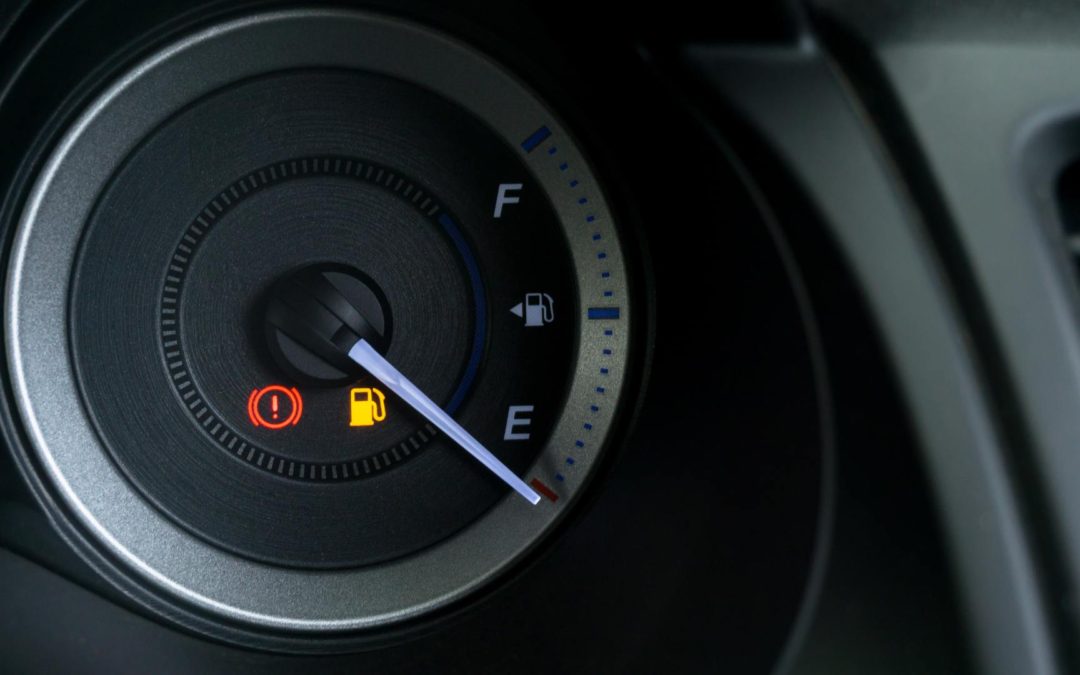When the gas light on your dashboard illuminates, it often triggers a sense of urgency and concern. Understanding how far you can drive with the reserve fuel in your tank can help alleviate anxiety and ensure you make it to the nearest gas station safely. This comprehensive guide will cover the factors that influence how far you can drive on reserve fuel, tips for managing your fuel efficiently, and general best practices for maintaining your vehicle.
What Does the Gas Light On Mean?
The gas light on your dashboard is a signal that your vehicle is running low on fuel. Typically, this light activates when your fuel tank reaches a certain threshold, indicating that you are down to the reserve fuel. The exact amount of fuel left when the light comes on varies between vehicles, but it usually represents about 10-15% of your tank’s capacity. For example, in a 15-gallon tank, the gas light might come on when there are approximately 1.5 to 2.25 gallons remaining. This reserve is intended to give you enough time to find a gas station and refuel before running completely out of gas. It’s crucial to understand this system because ignoring it can lead to your car stopping in inconvenient or unsafe places.
Modern vehicles have sophisticated sensors and warning systems to alert you when the fuel level is critically low. However, it’s important to note that these systems are not always perfectly accurate. Variations in driving conditions, fuel quality, and even the incline of the road can affect the fuel gauge reading. Therefore, while the gas light provides a useful warning, it’s always best to refuel as soon as possible after it comes on to avoid any risks associated with running out of fuel entirely.
How Far Can You Drive with the Gas Light On?
Vehicle Type and Fuel Efficiency
The distance you can drive with the gas light on depends largely on your vehicle type and its fuel efficiency. For instance, a small, fuel-efficient car may have a reserve of about 1-2 gallons, allowing you to drive an additional 30-50 miles. On the other hand, larger vehicles like SUVs or trucks might have a larger reserve, but their lower fuel efficiency means they may only cover 20-30 miles on reserve fuel. For example, a Toyota Camry, known for its fuel efficiency, can typically travel about 40 miles after the gas light comes on. Conversely, a Ford F-150, with its larger engine and higher fuel consumption, might only manage around 30 miles.
Understanding your vehicle’s fuel efficiency is crucial in these situations. Vehicles with hybrid or electric-assist engines, like the Toyota Prius, can stretch the reserve fuel much further than traditional gasoline engines. Additionally, diesel engines often have better fuel efficiency compared to gasoline engines, allowing them to travel farther on reserve fuel. Familiarizing yourself with your specific vehicle’s fuel consumption patterns can help you gauge how far you can safely drive when the gas light is on.
Driving Conditions
Driving conditions significantly impact how far you can drive with the gas light on. Factors such as traffic, road type, and driving habits play a crucial role. Driving at a steady speed on the highway typically consumes less fuel compared to stop-and-go traffic in the city. Additionally, aggressive driving, such as rapid acceleration and braking, can reduce fuel efficiency. For instance, driving in heavy city traffic with frequent stops can drastically reduce the distance you can travel on reserve fuel compared to driving on a clear highway at a constant speed.
Weather conditions also affect fuel consumption. Cold weather can increase fuel consumption as engines take longer to reach their optimal operating temperature. Using the heater or air conditioner also requires additional energy, which can further deplete your fuel reserves. Driving in hilly or mountainous terrain can increase fuel usage as well, due to the extra power required to climb slopes. Being aware of these factors and adjusting your driving style accordingly can help maximize the distance you can travel on reserve fuel.
Manufacturer Specifications
Consult your vehicle’s owner manual or the manufacturer’s website to understand the specifics of your car’s fuel reserve. Many manufacturers provide details on how far you can drive with the gas light on, based on average driving conditions. Knowing these specifics can give you a more accurate estimate tailored to your vehicle. For example, Honda provides detailed information in their owner’s manuals about the expected range of their vehicles once the gas light is on, often estimating around 40-50 miles for many of their models.
Additionally, many modern cars have trip computers that estimate the remaining driving range based on current fuel consumption patterns. These systems use data from your driving history to provide a more personalized estimate of how far you can drive before needing to refuel. However, these estimates can still vary based on current driving conditions and should be used as a guide rather than an absolute measure. Regularly checking your owner’s manual and familiarizing yourself with these tools can help you manage low-fuel situations more effectively.
Tips for Driving with the Gas Light On
Stay Calm and Drive Efficiently
When the gas light on warning appears, it’s essential to stay calm and avoid panic. Focus on driving efficiently by maintaining a steady speed and avoiding unnecessary acceleration and braking. Reducing your speed slightly can also help conserve fuel. For example, if you typically drive at 70 mph on the highway, reducing your speed to 60 mph can significantly improve your fuel economy and help you extend the distance you can travel on reserve fuel.
In addition to reducing speed, try to anticipate traffic flow to minimize stops and starts. Smooth, gradual acceleration and deceleration use less fuel than sudden movements. If you’re on the highway, use cruise control to maintain a constant speed and improve fuel efficiency. Avoid using features that consume extra fuel, such as air conditioning or seat heaters, unless absolutely necessary. By driving calmly and efficiently, you can make the most of the remaining fuel in your tank.
Locate the Nearest Gas Station
Use a navigation app to find the nearest gas station as soon as the gas light on indicator illuminates. Many modern vehicles have built-in navigation systems that can help locate nearby fuel stations. Plan your route to avoid heavy traffic, which can consume more fuel. For instance, Google Maps and other navigation apps often highlight gas stations along your route and can provide real-time traffic updates to help you choose the most fuel-efficient path.
If you are in an unfamiliar area, use apps like GasBuddy to find not only the nearest gas stations but also the ones with the best prices. These tools can help you avoid running out of fuel and ensure that you get the best value for your money. Additionally, some navigation systems in modern cars can provide an estimated range to the nearest gas station, taking into account your current fuel level and driving conditions. Utilizing these technologies can help you navigate low-fuel situations with greater confidence.
Avoid Idling
Idling consumes fuel without moving your vehicle. If you’re stuck in traffic or waiting at a long stoplight, consider turning off your engine if it’s safe to do so. However, be mindful of the starting system, as frequent starts can also use up fuel. Modern engines are designed to handle frequent starts, so if you expect to be stopped for more than a minute, it’s generally more fuel-efficient to turn off the engine.
In addition to avoiding idling, try to minimize unnecessary stops. Plan your route to reduce the number of stop signs and traffic lights you encounter. In urban areas, using routes with fewer stops can help conserve fuel and extend the distance you can travel with the gas light on. Additionally, avoid drive-thrus or other situations where you would be idling for extended periods. Park your car and go inside instead, saving fuel and reducing emissions.
General Best Practices for Fuel Management
Regularly Check Fuel Levels
Make it a habit to regularly check your fuel gauge and refuel before the gas light on indicator activates. Keeping your tank at least a quarter full can prevent the risk of running out of fuel and reduce the strain on your fuel pump. For example, always topping off your tank when it reaches a quarter full ensures you have a buffer in case of unexpected delays or detours.
Regularly checking your fuel levels also helps you plan your trips more efficiently. If you know you have a long drive ahead, make sure to refuel before starting your journey to avoid the risk of running low on fuel in remote areas. Keeping track of your fuel consumption patterns can also help you identify any potential issues with your vehicle that might be affecting fuel efficiency, such as a malfunctioning fuel sensor or a clogged fuel filter.
Maintain Your Vehicle
Regular vehicle maintenance, including oil changes, tire pressure checks, and air filter replacements, can improve fuel efficiency. A well-maintained vehicle runs more efficiently and can help you get more miles per gallon, reducing the frequency of the gas light on warning. For instance, keeping your tires properly inflated can improve fuel efficiency by up to 3%, while replacing a dirty air filter can improve fuel economy by as much as 10%.
In addition to routine maintenance, ensure that your vehicle’s fuel system is in good working order. Regularly check for leaks in the fuel line and ensure that the fuel injectors are clean. Using fuel additives periodically can help keep the fuel system clean and improve overall performance. By keeping your vehicle in top condition, you can maximize fuel efficiency and reduce the likelihood of encountering low-fuel situations.
Plan Your Trips
Planning your trips in advance can help you avoid situations where you might run low on fuel. Combine errands into one trip, use fuel-efficient routes, and avoid peak traffic hours to conserve fuel. For example, if you have multiple errands to run, plan a route that allows you to complete them in a single trip rather than making multiple short trips. This not only saves fuel but also reduces wear and tear on your vehicle.
When planning longer trips, take advantage of tools like Google Maps to find the most fuel-efficient routes and avoid areas with heavy traffic. Consider alternative routes that may have fewer stops or more consistent speeds. Additionally, plan your fuel stops ahead of time, especially if you will be traveling through areas with fewer gas stations. By planning your trips carefully, you can reduce fuel consumption and avoid the stress of the gas light on indicator.
Use Fuel-Efficient Driving Techniques
Adopting fuel-efficient driving techniques can help you get the most out of your fuel. Techniques such as smooth acceleration, maintaining a steady speed, and anticipating traffic flow can improve your fuel economy and delay the gas light on signal. For instance, accelerating smoothly from a stop rather than flooring the gas pedal can significantly improve fuel efficiency.
Using techniques like coasting when approaching a stop or going downhill can also save fuel. Instead of accelerating to the stop and then braking hard, take your foot off the gas pedal early and let your vehicle slow down naturally. This not only conserves fuel but also reduces wear on your brakes. Additionally, reducing the use of air conditioning and other power-consuming features can help improve fuel economy. By integrating these fuel-efficient driving techniques into your daily routine, you can extend the life of your fuel and reduce the frequency of the gas light on warning.




Recent Comments